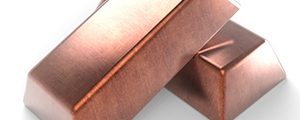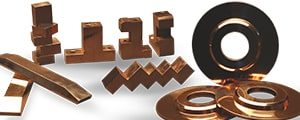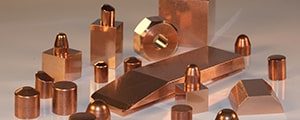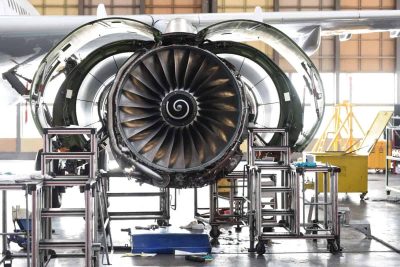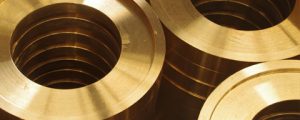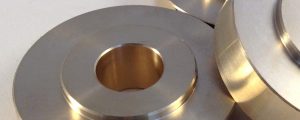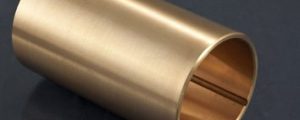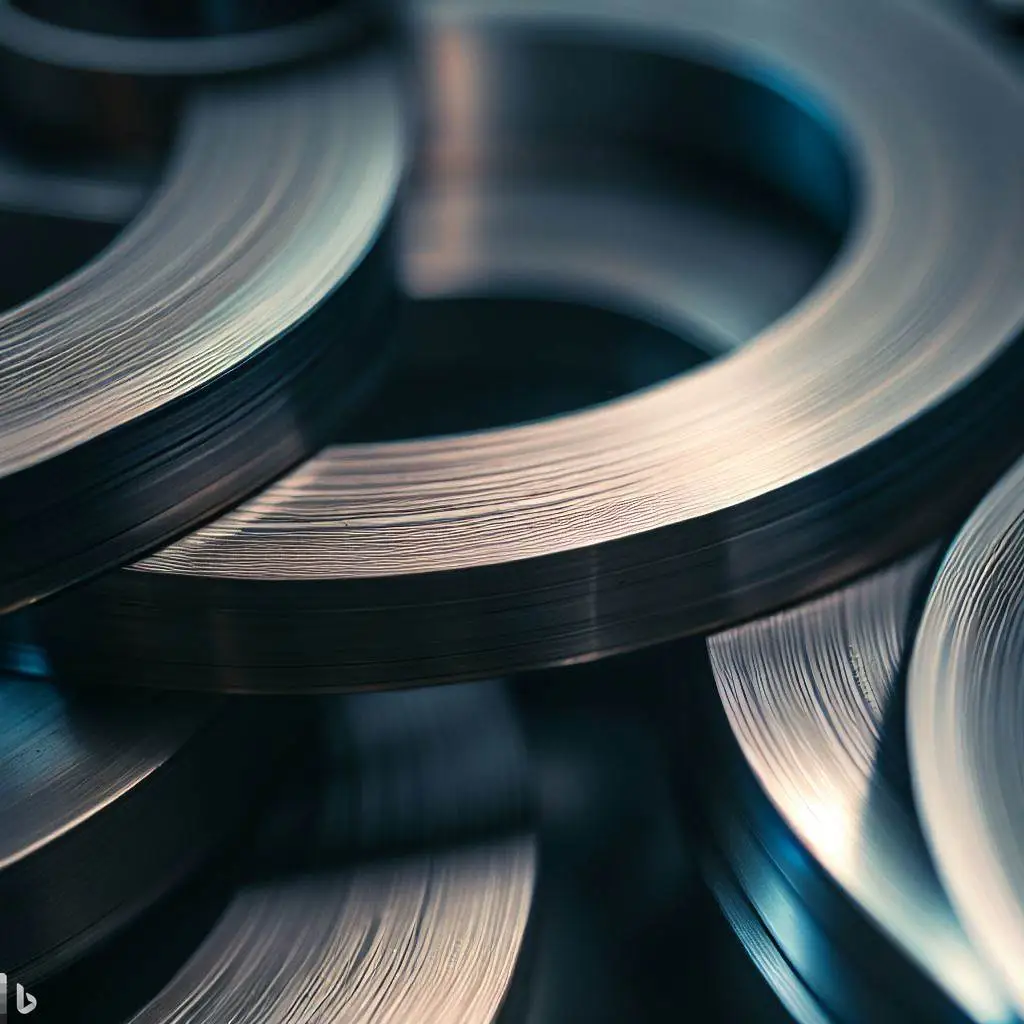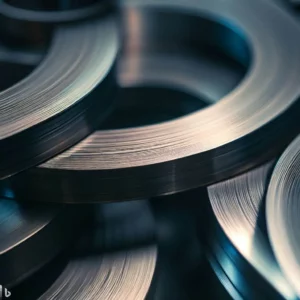Wire EDM
Wire EDM is a type of CNC machining technology that can create complex and precise shapes and features on hard-to-work materials. In this article, we will explain what Wire EDM is, how it works, what are its advantages and disadvantages, what are its applications, what are the materials used for it, and how much it costs. Wire EDM billets are blocks of material for wire EDM cutting. This is a process that uses a thin metal wire as an electrode to cut through hard materials with high precision and accuracy. It can create complex shapes and geometries that are difficult or impossible to achieve with other machining methods. Metals that have high resistance to wear and corrosion, such as stainless steel, titanium, tungsten, or tool steel, are usually used to make wire EDM billets. These billets have many applications in various industries, such as prototyping, medicine, military, and more.
What is Wire EDM?
Wire EDM, or wire electrical discharge machining, is a process that uses a thin metal wire as an electrode to cut through a workpiece by generating sparks. The sparks are very hot, between 8,000°C and 12,000°C, and they melt away small amounts of material from the workpiece. The wire and the workpiece are submerged in a dielectric fluid, usually deionized water or paraffin oil, that cools them and flushes away the debris. The wire is continuously fed from a spool and moves along a programmed path to create the desired shape on the workpiece.
How does Wire EDM work?
Wire EDM works by creating an electrical circuit between the wire electrode and the workpiece. The wire electrode is connected to a power supply that generates pulses of high voltage and current. The workpiece is grounded and acts as the opposite pole of the circuit. When the wire electrode approaches the workpiece, an electric field is created between them. When the electric field reaches a certain intensity, it breaks down the dielectric fluid and creates a spark that jumps across the gap. The spark erodes a tiny amount of material from both the wire and the workpiece. The process is repeated thousands of times per second, resulting in a continuous cutting action.
The wire electrode can move along five axes: X, Y, Z, U, and V. The X and Y axes control the horizontal movement of the wire, while the Z axis controls the vertical movement. The U and V axes control the tilt of the wire, allowing it to create tapered or angled cuts on the workpiece. The wire electrode can also vary its speed and voltage to adjust the cutting rate and surface finish.
What are the advantages and disadvantages of Wire EDM?
Wire EDM has several benefits and drawbacks compared to other CNC machining methods. Here are some of them:
Benefits of Wire EDM
– Precise: Wire EDM can achieve very high accuracy and repeatability, up to 0.001 mm or less. It can also create small features, such as slots, holes, or corners, that are difficult or impossible to make with other methods.
– Complex: Wire EDM can create complex shapes and geometries that are not limited by the tool geometry or size. It can also cut through thick or thin materials without affecting the quality or accuracy of the cut.
– Versatile: Wire EDM can work with a wide range of materials that are hard, brittle, conductive, or heat-sensitive. It can also cut materials that have already been hardened or treated without affecting their properties.
Limitations of Wire EDM
– Slow: Wire EDM is a relatively slow process compared to other CNC machining methods. It can take several hours or days to complete a complex or large part. It also consumes a lot of power and wire during operation.
– Limited: Wire EDM can only work with materials that are electrically conductive
– Environmental: Wire EDM produces waste material that may be hazardous or require special disposal methods. It also uses large amounts of dielectric fluid that may pose environmental risks.
What are the applications of Wire EDM?
Wire EDM is a versatile and precise machining process that can be used to create complex shapes and geometries. It is often used in the following industries and applications:
Prototyping
Wire EDM can be used to create prototypes or one-off parts that require high accuracy and quality. Wire EDM can also create small features or intricate designs that are difficult to achieve with other methods.
Medicine
Wire EDM can be used to create medical devices and instruments that require high precision and biocompatibility. Wire EDM can also cut through hard materials such as titanium or stainless steel without affecting their properties.
Military
Wire EDM can be used to create military components and equipment that require high strength and durability. Wire EDM can also create complex shapes and features that enhance the performance and functionality of the parts.
Aerospace
Wire EDM can be used to create aerospace parts and components that require high precision and reliability. Wire EDM can also cut through materials that have high temperature and corrosion resistance.
What are the materials used for Wire EDM?
Wire EDM can work with a wide range of materials that are electrically conductive. However, there are two main types of materials involved in the process: the wire electrode and the workpiece.
EDM wire types
The wire electrode is the cutting tool that carries the electric charge and generates sparks. The wire electrode can be made of different materials, each with its own characteristics and advantages. Here are some common types of EDM wire:
Brass wire
Brass wire is the most widely used type of EDM wire. It is made of copper and zinc, and it has good conductivity, low cost, and high availability. Brass wire can cut through most materials at a moderate speed and quality.
Coated wire
Coated wire is a type of EDM wire that has a thin layer of another material on its surface. The coating can enhance the performance of the wire by increasing its conductivity, hardness, or wear resistance. Coated wire can cut through hard materials at a high speed and quality.
Diffusion-annealed wire
Diffusion-annealed wire is a type of EDM wire that has undergone a heat treatment process that alters its structure and composition. The process increases the uniformity and stability of the wire, resulting in better cutting performance and surface finish.
Steel core wire
Steel core wire is a type of EDM wire that has a steel core surrounded by a layer of another material, usually brass or copper. The steel core provides strength and rigidity to the wire, while the outer layer provides conductivity and wear resistance. Steel core wire can cut through thick materials at a high speed and quality.
Tungsten or molybdenum wire
Tungsten or molybdenum wire is a type of EDM wire that is made of pure tungsten or molybdenum, which are very hard and resistant metals. These wires have very high melting points, which allow them to cut through very hard materials at a high speed and quality. However, they are also very expensive and brittle.
Workpiece materials
The workpiece is the conductive material cut by the wire electrode. It can be made of various materials, such as:
- Steel
- Stainless steel
- Titanium
- Nickel alloys
- Copper
- Brass
- Aluminum
- Tungsten carbide
- Graphite
- Ceramic
How much does Wire EDM cost?
The cost of Wire EDM depends on several factors, such as:
- The size and complexity of the part
- The type and quantity of the material
- The type and quality of the wire electrode
- The speed and accuracy of the machine
- The labor and overhead costs
Wire EDM Billets: What They Are and How They Are Used
Using a thin metal wire as an electrode, wire EDM (electrical discharge machining) is a process that can cut through hard materials with high precision and accuracy. It can create complex shapes and geometries that are difficult or impossible to achieve with other machining methods. Blocks of material that are prepared for wire EDM cutting are called wire EDM billets.
These billets are usually made of metals that have high resistance to wear and corrosion, such as stainless steel, titanium, tungsten, or tool steel. Some examples of wire EDM billets are:
- 1.2379 Wire EDM Billets: These are made of ledeburitic 12% chrome steel, which has very high resistance against abrasive and adhesive wear due to a high volume of hard carbides in the steel matrix. Additionally, it has good toughness, dimensional stability, compressive strength, and suitability for coating and nitriding.
- X153CrMoV12 Steel Wire EDM Billets: Similarly, these are also made of ledeburitic 12% chrome steel, but with a higher carbon content and more alloying elements. As a result, this gives them higher hardness, wear resistance, and edge retention than 1.2379 steel. They are commonly used for making cutting tools, dies, punches, and molds.
- Brass Wire EDM Billets: These are made of copper-zinc alloy, which has good electrical conductivity, thermal conductivity, machinability, and corrosion resistance. Brass wire EDM billets are often used for making electrical components, gears, valves, and fittings.

